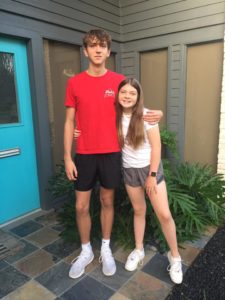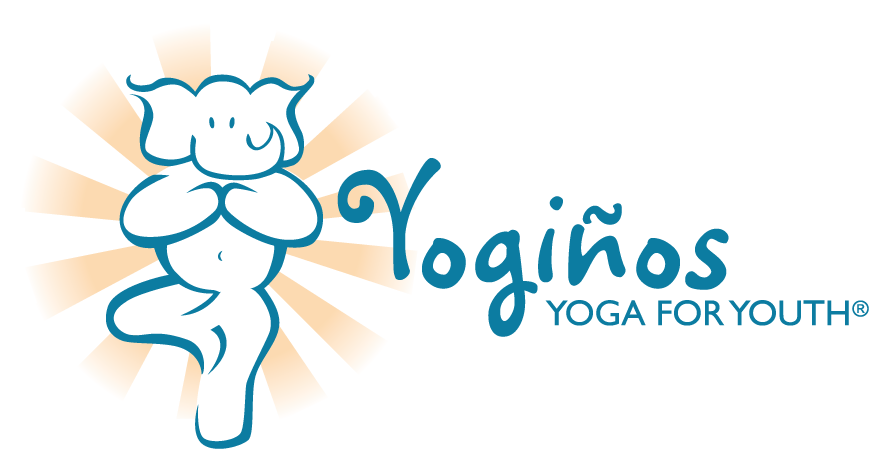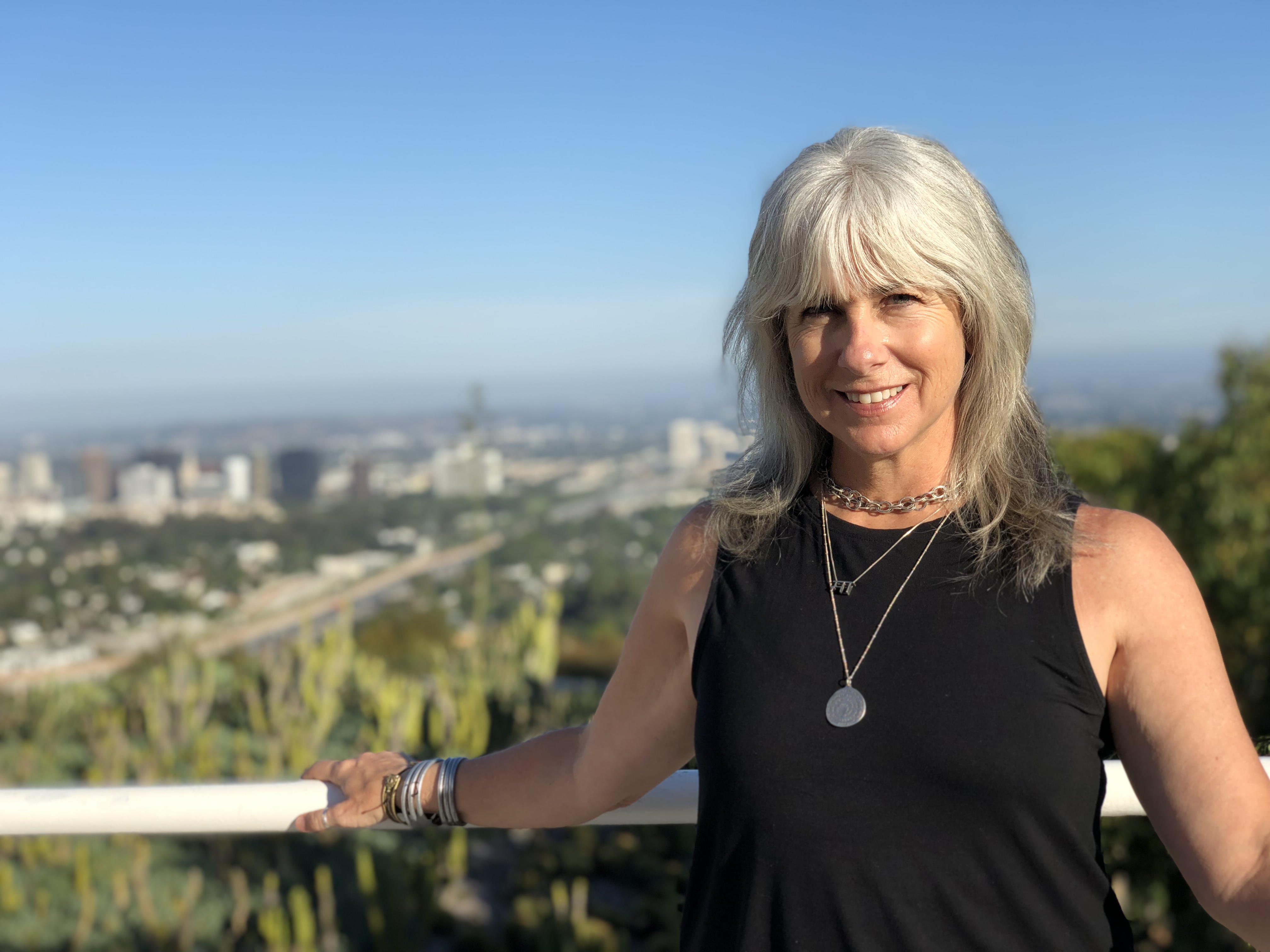This article shares STOP as a mindful tool to disrupt habitual thoughts and verbal outrage, including 3 tips on how to use it in your daily life and with kids!
by Elizabeth “Beth” Reese, PhD, E-RYT, RCYT, YACEP
 As a mom of 3 kids, I do not like being late to school—and especially not in the second week of the new school year!
As a mom of 3 kids, I do not like being late to school—and especially not in the second week of the new school year!
That said, I also dislike lashing out at my kids. After all, no one was sick, hurt or dying.
As we crept in Houston traffic—more of it because we left the house closer to 8am!—I could feel the heat of frustration rise and started noticing the thoughts: I hate traffic; I hate being late; why did you just cut me off, slow car?; I have work to do; why the h*ll couldn’t we put shoes on in the car; did I mention i have to go to work today?; nice blinker, jerk!; and on and on and on. It’s typical for the brain to loop like that, and equally as normal for the body to sense heat with an emotion like frustration or anger. I also know that practicing a mindfulness tool, like STOP, supports me in staying present and pressing pause before I lash out.
Learning to press pause in our daily lives is a powerful way to disrupt how we habitually react to certain stimuli or in specific stressful experiences. We learn to react in certain ways and we often lash out as a way of protecting ourselves. In these moments, usually our sympathetic nervous system has kicked in with the desire to freeze, flight, or flight thereby making it more difficult to control our actions. Practicing a self-regulation tool, like STOP, creates a “parachute” for the body and supports the parasympathetic nervous system return to a state of rest.
In Tara Brach’s book, Radical Acceptance, she describes pausing as a way to create precious moments of freedom while becoming familiar with what our body and mind are up to. Brach says, “at the very moment when we’re about to lash out in verbal outrage, we don’t. …In this pause we let go of thinking and doing, and we become intimate with what is happening in our body, heart and mind.”
In The OHMazing® Way podcast episode 15, “Dawn Mauricio: Awakening Presence on Family Vacation, Technology, and in Communication,” and in quickie episode 21, “Mindful Moment: STOP to Disrupt Habitual Thoughts and Actions,” Dawn shares one of the tools she uses to support herself and awaken her presence throughout each day is STOP:
Stop
Take a breath
Observe what is attracting our attention
Proceed
Three tips I have for using and sharing STOP include:
- Set a timer to practice every day helps us build our mindfulness “muscle”! In this way we actually create new neural pathways in the brain to give us options for the next time we feel anxious or upset. As Dawn describes in the podcasts, consider having a STOP buddy who does this with you!
- Threshold Mindfulness was one of my most effective practices while Head of a School. Here I would pause and check in with myself whenever I went through a doorway. This meant sometimes I literally stopped walking to manage whether I was time-traveling into the past, like ruminating over an earlier meeting, or into the future, wondering what was for dinner that night. Practicing STOP helped me be present to the moment and task at hand.
- Freeze Dance STOP is a fun way to teach this simple tool to kids! Teach them the process and how it can help them (I find that as young as second graders enjoy learning about the body and brain). Remind them about the game Freeze Dance, and this time offer that when the music stops, we will stop and practice STOP. I find it helpful to allow them to really get their heart-rate up to tie in one of the body sensations often associated with freeze, flight, fight: an increased heart rate. Discuss how we can become aware of certain body sensations—increased heart rate, tightness in chest and throat, various gut feelings—and choose to practice STOP before we intellectually know why.
 Remember, it’s not a problem that the brain loops and the body feels sensations—it’s how we choose to be that can be the window into compassionate curiosity. Do we want to react or lash out based on habits, or respond thoughtfully creating who we want to be for ourselves and others?
Remember, it’s not a problem that the brain loops and the body feels sensations—it’s how we choose to be that can be the window into compassionate curiosity. Do we want to react or lash out based on habits, or respond thoughtfully creating who we want to be for ourselves and others?
Now, the good news about getting to school that day is that we were only 3 minutes late. And the amazing news is that we talked about how none of us were “freaking out”. I even made a joke about how great this mindfulness work is and that I would have been panicking a few years ago. “Oh no, mom, you would have a cow even a few months ago… so thank you for practicing!”
How will you practice STOP? Please connect with us on social media and share your discoveries!
Facebook: Yogiños: Yoga for Youth®: www.facebook.com/yoginos/
Instagram: yoginosyogaforyouth: www.instagram.com/yoginosyogaforyouth
Twitter: @yoginos: twitter.com/Yoginos
LinkedIn: Beth Reese, PhD


